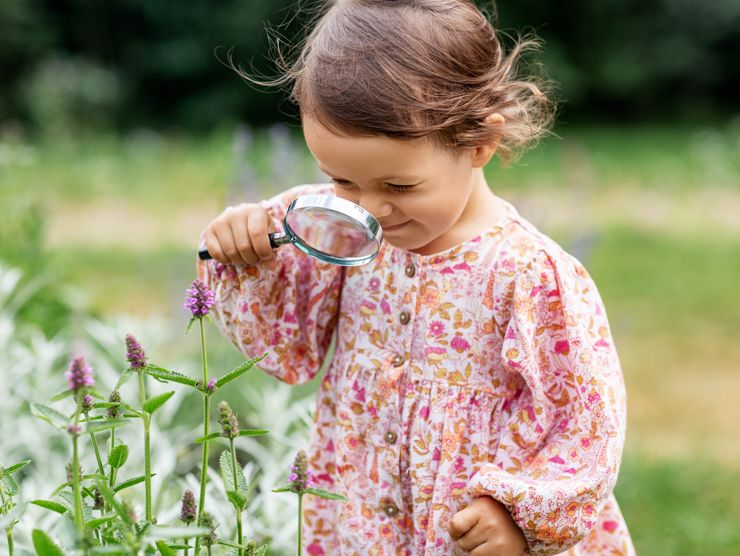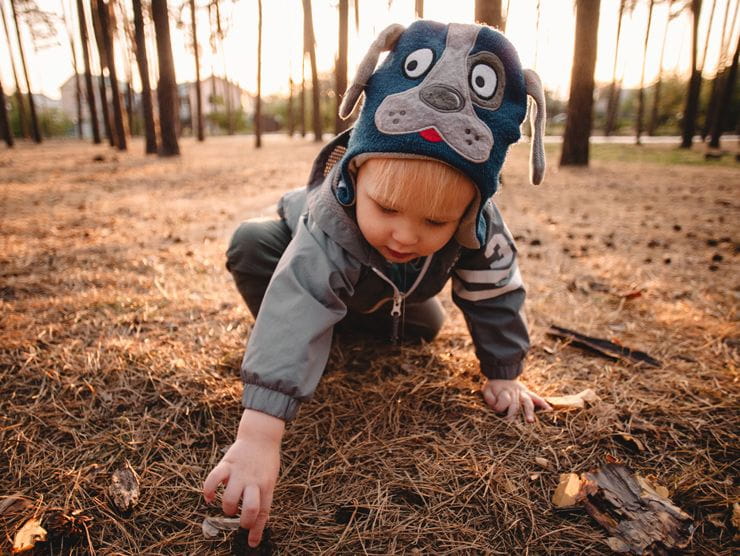What is the importance of critical thinking for kids?
Learning to think critically may be one of the most important skills that today’s children will need for the future. In today’s rapidly changing world, children need to be able to do much more than repeat a list of facts; they need to be critical thinkers who can make sense of information, analyze, compare, contrast, make inferences, and generate higher order thinking skills.
Building your child’s critical thinking skills
Building critical thinking for kids happens through day-to-day interactions as you talk with your child, ask open-ended questions, and allow your child to experiment and solve problems. By leaning into these interactions, we can provide experiences and environments that allow children to develop a love for and feel the joy of learning.
Here are some tips and ideas to help children build a foundation for critical thinking:
- Provide opportunities for play and promote children's interests. Young children are active learners, and the importance of play can’t be overlooked. When adults offer children real experiences rooted in their interests and within the context of trusting and nurturing relationships, allowing the time and space children need to delve deeply, children are better able to construct meaning through first-hand experience. Building with blocks, acting out roles with friends, or playing board games all build children’s critical thinking.
- Pause and wait. Offering your child ample time to think, attempt a task, or generate a response is critical. This gives your child a chance to reflect on their response and perhaps refine, rather than responding with their very first gut reaction.
- Don't intervene immediately. Kids need challenges to grow. Wait and watch before you jump in to solve a problem. When intervention is necessary, be sure to keep the next strategy of asking open-ended questions in mind. Allow your child the opportunity to come to the conclusion with the support of your gentle guidance.
- Ask open-ended questions. Rather than automatically giving answers to the questions your child raises, help them think critically by asking questions in return: “What ideas do you have? What do you think is happening here?” Respect their responses whether you view them as correct or not. You could say, “That is interesting. Tell me why you think that.”
- Help children develop hypotheses. Taking a moment to form hypotheses during play is an exercise that helps develop critical thinking for kids. Try asking your child, “If we do this, what do you think will happen?” or “Let’s predict what we think will happen next.”
- Encourage thinking in new and different ways. By allowing children to think differently, you’re helping hone their curiosity and creative skills. Ask questions like, “What other ideas could we try?” or encourage your child to generate options by saying, “Let’s think of all the possible solutions.” This is also a great opportunity to help children learn to evaluate information. We are often given a lot of it at a time, and from varying sources. It is important to help children hone the skill of receiving information, asking questions about it, considering the source and its tie back to their values.
Of course, there are situations where you, as a parent, need to step in. At these times, it is helpful to model your own critical thinking. As you work through a decision-making process, verbalize what is happening inside your mind. Children learn from observing how you think and watching how you respond. In the long run, taking time to allow children to navigate problems is integral to developing critical thinking for kids.
Steps to build problem-solving skills for kids
By teaching your child how to approach challenges creatively, parents and educators can equip them with valuable tools for lifelong learning and growth.
- Start with a simple problem. It’s important to begin with simple problems that align with your child’s developmental level. As they get older and their skills improve, you can gradually introduce more complexity.
- Encourage your child to think creatively. Encourage your child to think creatively and come up with different solutions. Ask open-ended questions and provide opportunities for experimentation.
- Help identify pros and cons of each solution. Once your child has come up with a few different solutions, help them to evaluate the advantages and disadvantages of each. Teach them to weigh their options and make informed choices.
- Give your child the chance to solve the problem on their own. If they get stuck, you can offer them some guidance and suggestions.
By implementing these strategies, you are empowering your child to become confident, resilient, and successful.





